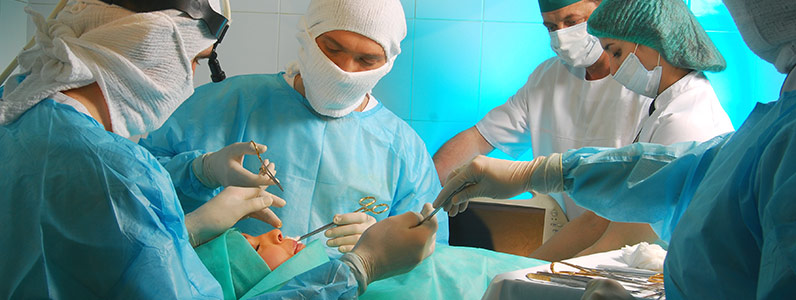
Surgical drains use a tube to remove unwanted fluids, such as blood, from a wound. These fluids are collected in a container that is emptied from time to time. Many surgeries involve the placement of these drains, but their use is often questioned by a lot of patients and medical practitioners.
What are surgical drains?
There are many types of surgical drains. Most of these are made of silicone rubber (silastic) tubes. They are placed into the wound or a separate area through the skin at the time of surgery.
There is a perforated end inside the patient’s body to let fluid go into the drain. Meanwhile, at the other end of the drain is a container that collects the fluid and is emptied when required. The container creates a gentle suction to remove any excess fluid. The drain will be removed when the colour and/or amount of fluid being suctioned reaches the desired state.
When do you need a surgical drain ?
Surgical procedures that are minor and will not require extensive skin dissection may not need a drain. Those that require a large dissection, however, will usually need one. There are surgical techniques, like quilting, that try to prevent the need for these drains or, at least, minimise their time inserted in the body.
“In operations such as abdominoplasty, breast reduction and breast augmentation where the surgery is not limited to the visible incision on the skin but also involves extensive dissection of the tissues beneath the skin a drain should always be considered. This is because, until these tissues have healed, there is a potential cavity which could fill with blood or other fluid. The advantage of inserting a drain tube is that any blood or tissue fluid will be drained away resulting in less bruising and quicker recovery.”
These drains are usually removed on the day following surgery so there is minimal inconvenience. However the drain can stay for up to two weeks for tummy tuck procedures after massive weight loss where there is a lot of drainage.
Will surgical drains cause infections?
It has been suggested that placing a drain will increase the risk of infection. This does not occur when left for a day or two. However, if the drain is left in for an extended amount of time, then the risk of infection will likely rise. This is why surgeons do not keep these drains longer than necessary.
Drains are basically placed to allow the wound to heal faster, and remove the excess fluids that can potentially cause infections.
Occasionally the drain becomes clogged or occluded and the surgeon will then remove it as it will no longer be beneficial. Generally, the pros of placing drains outweigh the cons.
Summary
Patients are kept comfortable during the drain tube removal by applying local anaesthetic This numbs the tissues for several hours, allowing patients to recover better. Thanks to the modern-day drain tubes, which are now made of silicone rubber and have a tiny diameter, removal has become almost painless. The drain is only placed for a recommended amount of time, and is immediately removed once the level of fluid left inside the wound has lessened to a desired amount. It is normal for patients to feel worried about the possible effects of placing surgical drains, but having the best surgical team will ensure their quick and safe recovery.
